- Indico style
- Indico style - inline minutes
- Indico style - numbered
- Indico style - numbered + minutes
- Indico Weeks View
Tensor Models and Holography
→
Europe/Paris
Amphithéâtre Hermite (Institut Henri Poincaré)
Amphithéâtre Hermite
Institut Henri Poincaré
11 rue Pierre et Marie Curie
75005 Paris
Description
This workshop is part of the thematic six-weeks program "Quantum gravity, random geometry and holography" held at Institut Henri Poincaré, Paris (program main page)
The workshop will be devoted to the relations between random tensor models, the Sachdev-Ye-Kitaev model, Jackiw-Teitelboim gravity, and more generally low-dimensional holography and large-N theories.
Video recordings of the talks are available on carmin.tv.
Invited speakers:
Xavier Bekaert (Univ. Tours, France)
Robert de Mello Koch (Univ. Witwatersrand, South Africa)
Frank Ferrari (Univ. Libre Bruxelles, Belgium)
Blaise Goutéraux (Ecole Polytechnique, France)
Razvan Gurau (Heidelberg U., Germany)
Sabine Harribey (NORDITA, Sweden)
Shinobu Hikami (OIST, Japan)
Clifford V. Johnson * (Southern California U., USA)
Elias Kiritsis (APC, France, and University of Crete, Greece)
Igor Klebanov * (IAS, USA)
Thomas Mertens (Ghent U., Belgium)
Sanjaye Ramgoolam (Queen Mary U., UK)
Vincent Rivasseau (Univ. Paris-Sud, France)
Vladimir Rosenhaus * (CUNY, USA)
Adrian Tanasa (LaBRI, France)
Grigory Tarnopolsky * (Carnegie Mellon U., USA)
Marika Taylor (Univ. Southampton, UK) [cancelled]
* in remote
Organizers:
Dario Benedetti (CNRS, École Polytechnique)
Joseph Ben Geloun (Université Sorbonne Paris Nord)
Group photos:
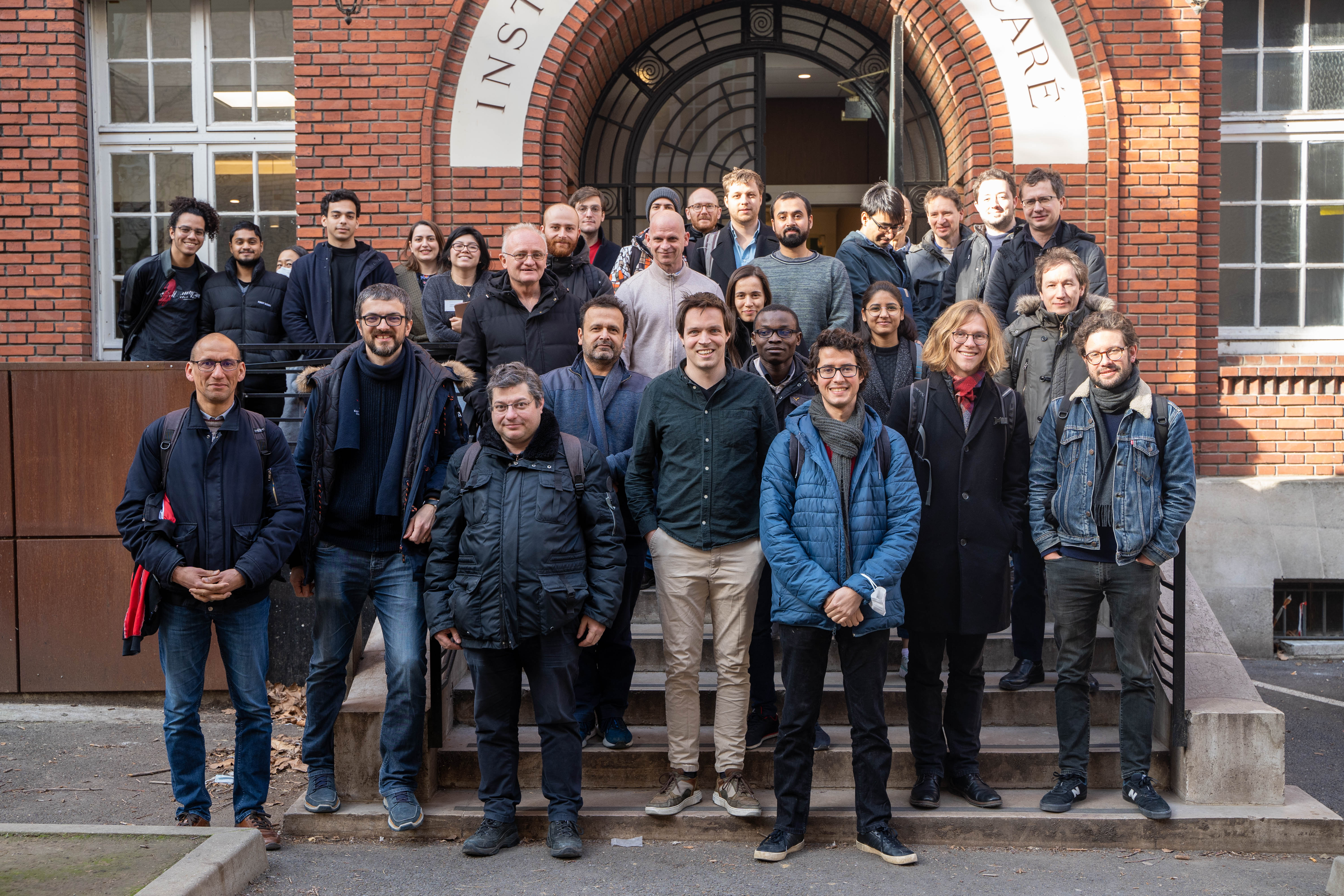
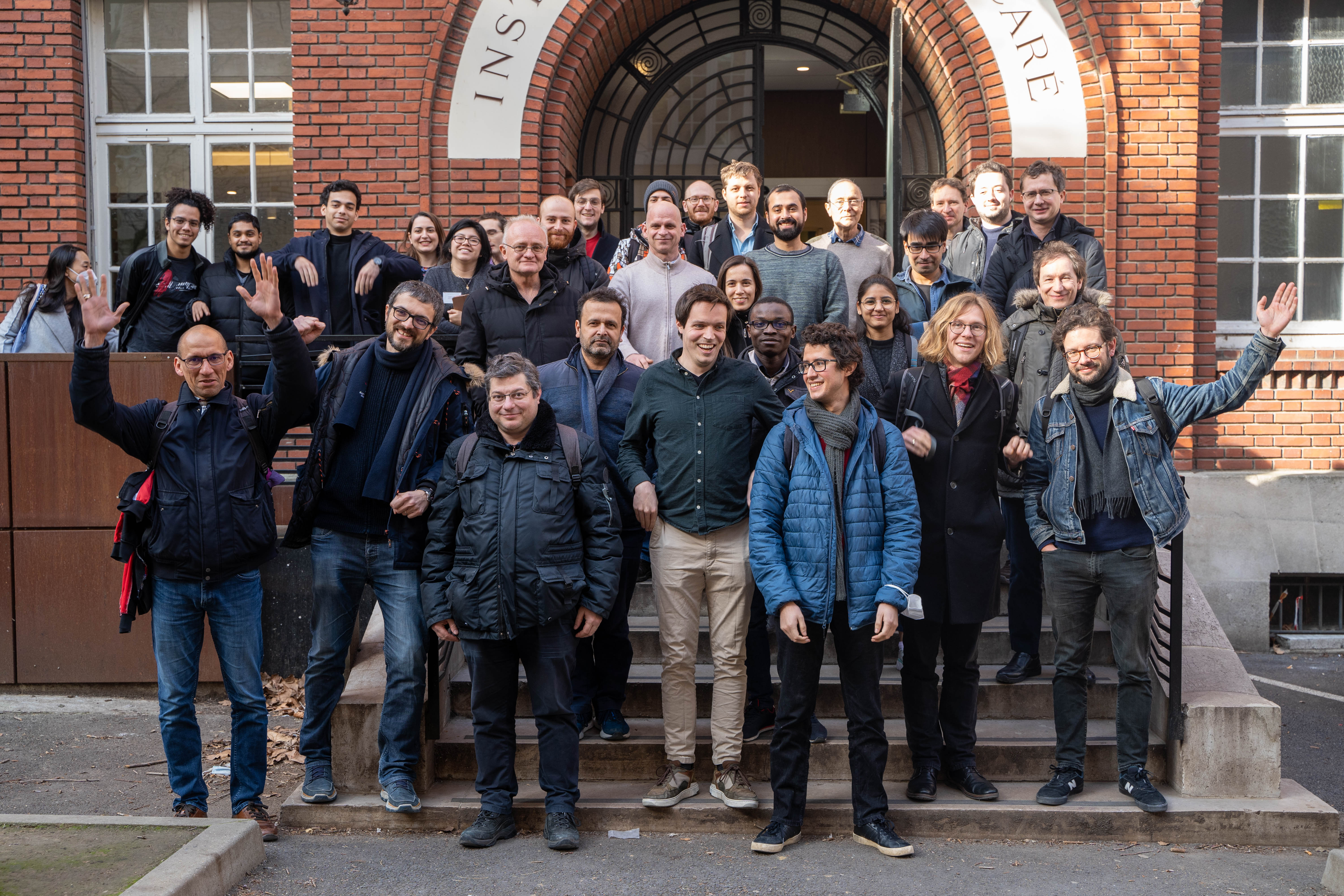
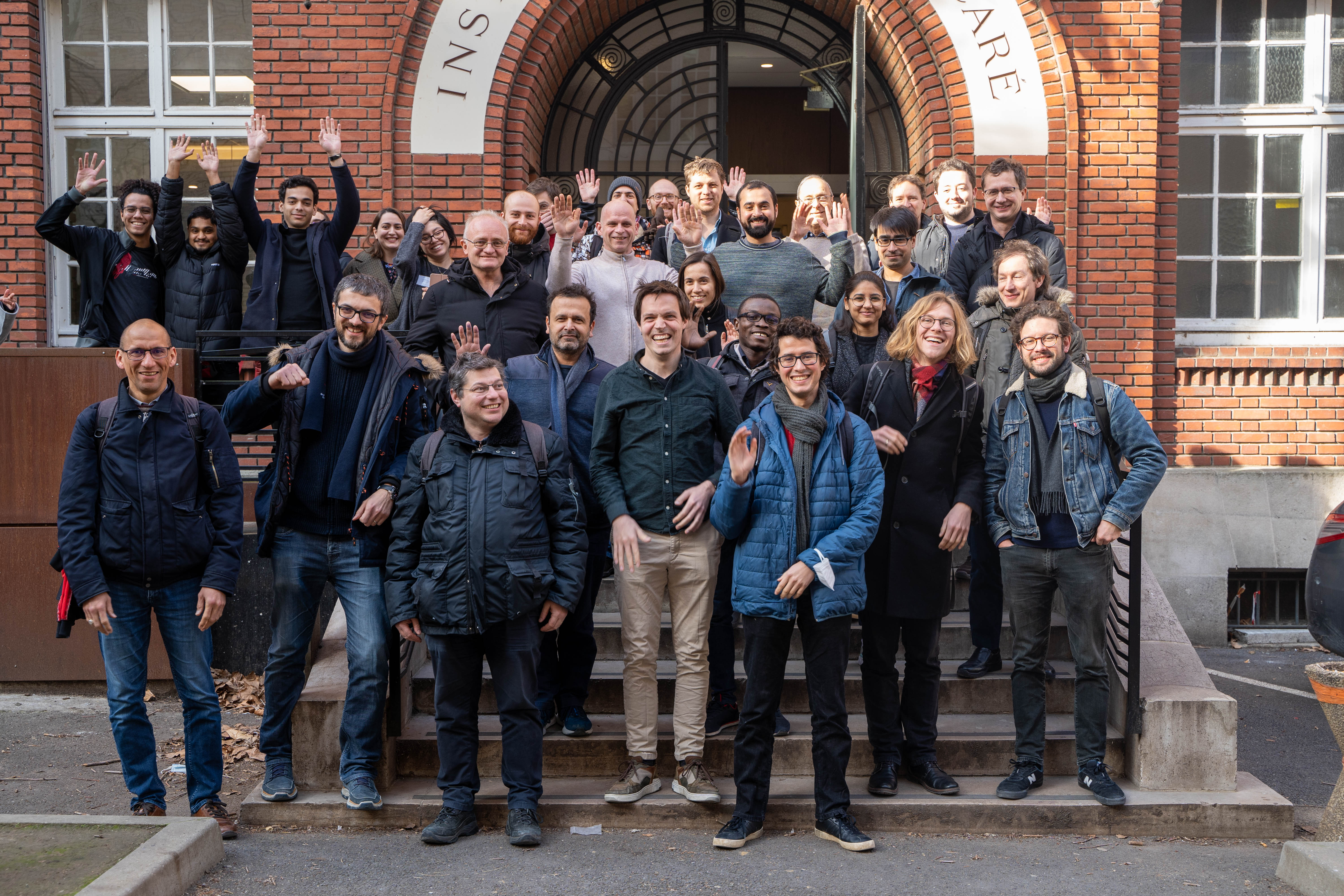
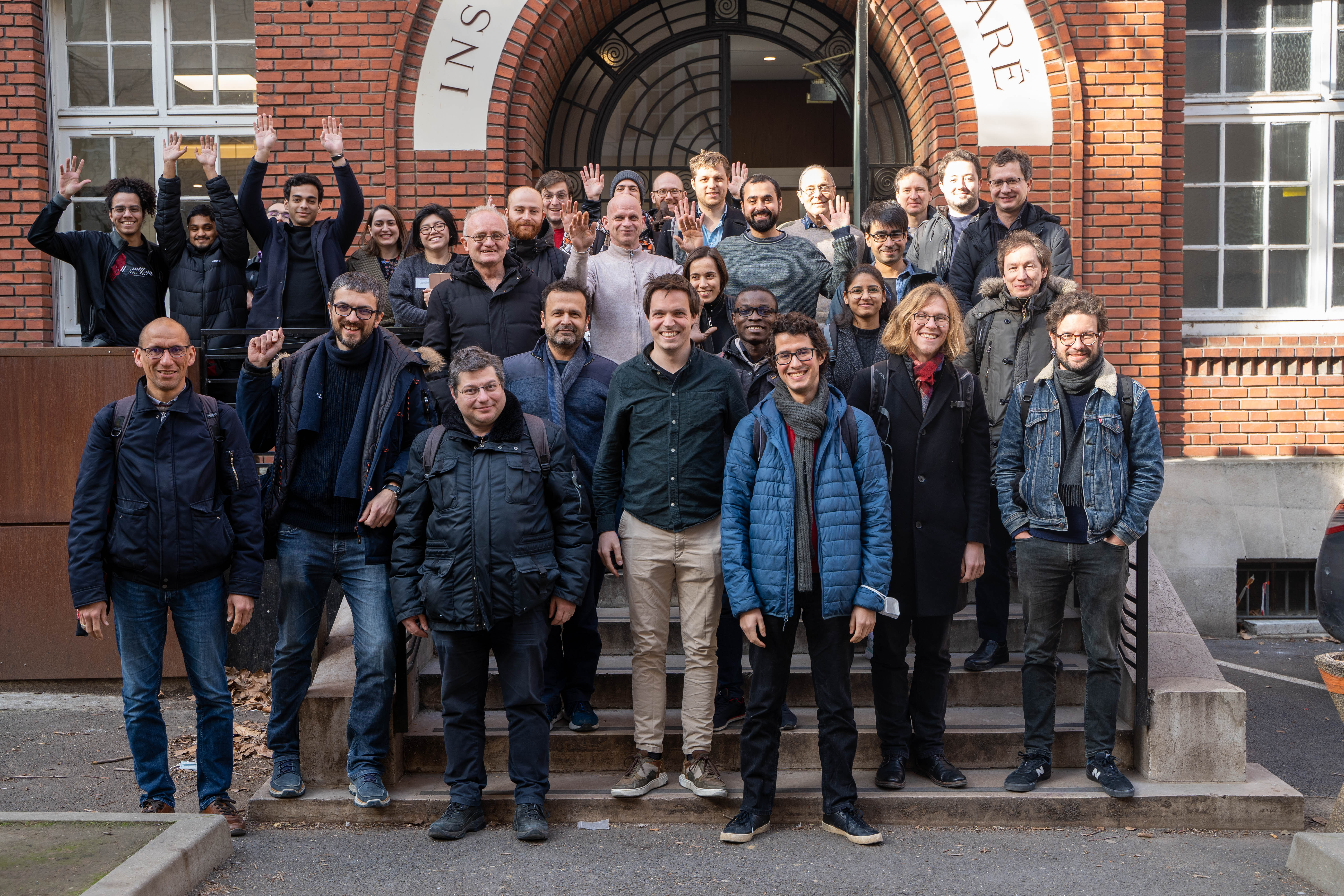
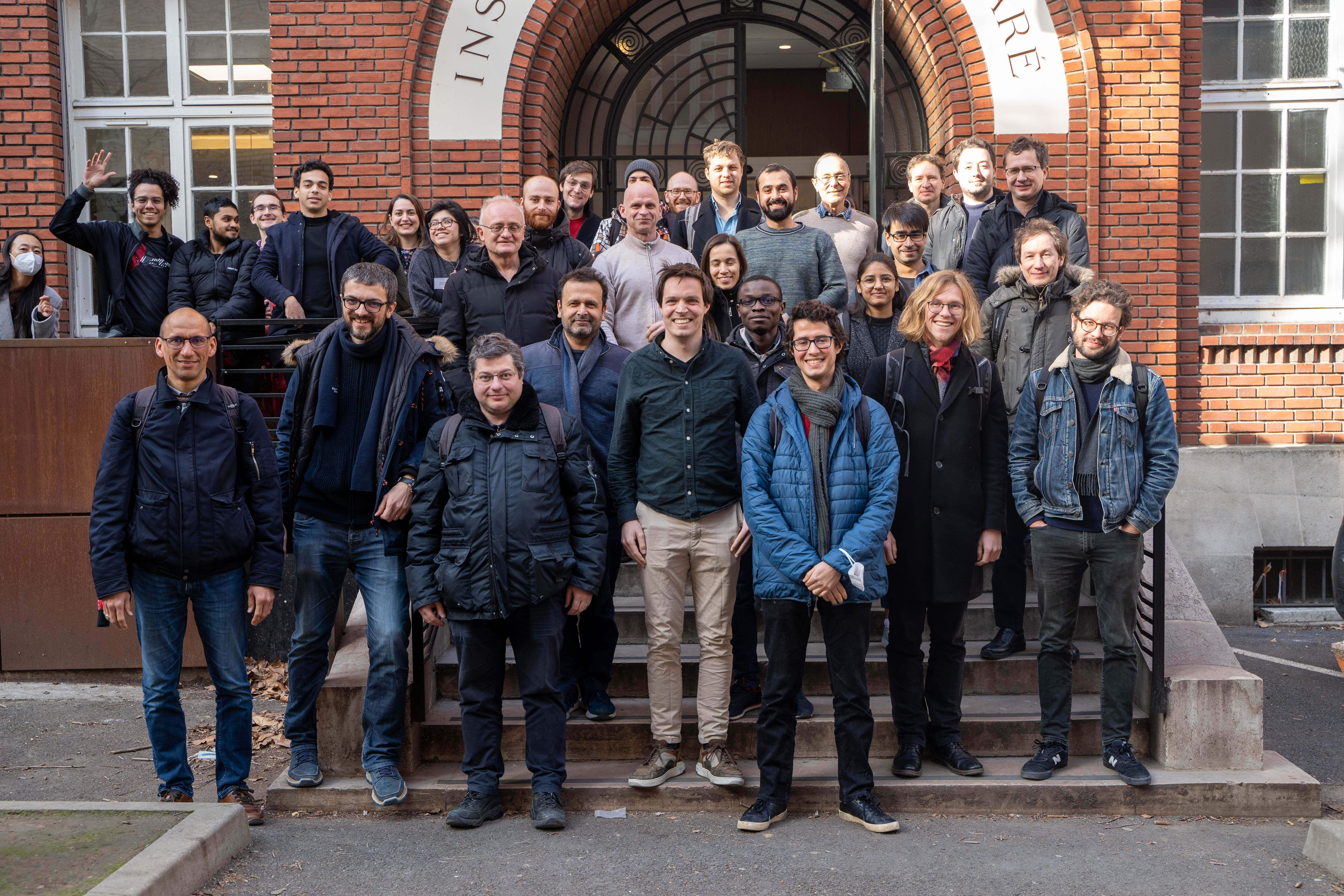
Participants
Contact
